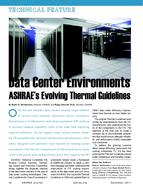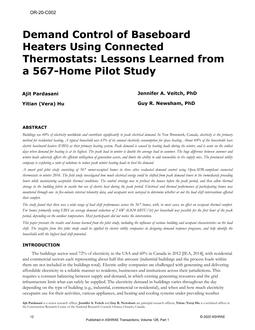Pressure and tracer gas measurements for a 15-story hotel in winter (when the building was under the influence of stack action) are used to assess the smoke hazard associated with fire. Tracer gas was released continuously to simulate generation of cold smoke in the fire room. With fire on the ground floor, the stair and elevator shafts and the upper floors became smoke filled in a very short time. With fire in a room on the second floor, the hotel remained relatively uncontaminated provided that the exterior wall of the fire room remained intact and the room entrance door remained closed. The extent of contamination increased significantly, however, when an opening in the exterior wall was created to simulate a broken window. Contamination increased further when the room entrance door was also opened and increased still more when the stair door on the fire floor was open.
Measurements of pressure differences and airflow direction were made with the stair and elevator shaft pressurization systems in operation. Because of the indirect pressurization of the corridors by these systems, smoke from the fire room will probably be prevented from contaminating the remainder of the building.
Units: Dual
Citation: Symposium, ASHRAE Transactions, 1985, vol. 91, pt. 2B, Honolulu, HI
Product Details
- Published:
- 1985
- Number of Pages:
- 17
- File Size:
- 1 file , 1.2 MB
- Product Code(s):
- D-HI-85-25-2


